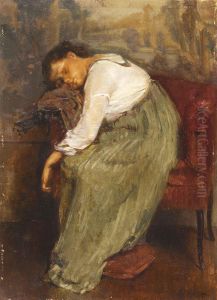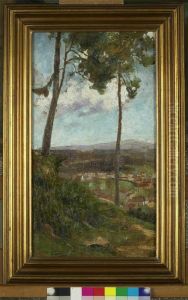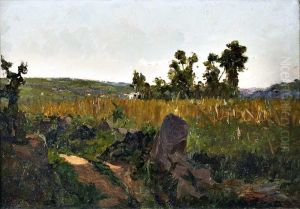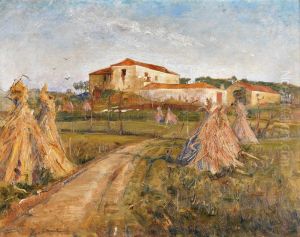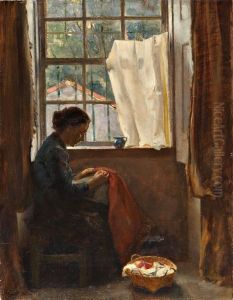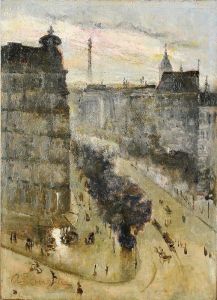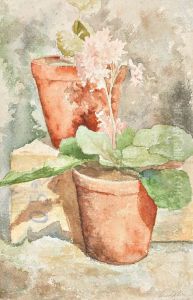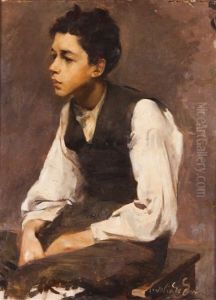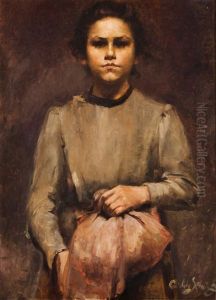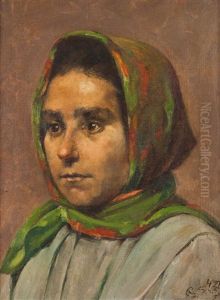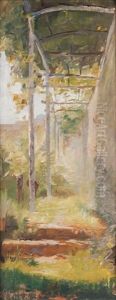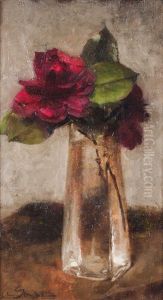Aurelia Maria De Souza Paintings
Aurelia Maria De Souza was born on June 13, 1866, in Valparaíso, Chile, to Portuguese parents. Despite her South American birthplace, she is often considered a Portuguese artist because her family returned to Portugal when she was very young. She spent much of her life and career in Portugal, contributing significantly to the country's art scene during her lifetime.
De Souza showed an early interest in art, which was encouraged by her mother. In 1880, the family moved to Porto, Portugal, where she would later enroll at the Fine Arts Academy of Porto (Academia Portuense de Belas-Artes). She studied under notable artists such as João Marques de Oliveira and António Soares dos Reis. Aurelia was particularly influenced by the Naturalist movement, which was prominent at the time. Her work often depicted everyday scenes, landscapes, and portraits with a strong sense of realism and attention to detail.
In 1893, after completing her studies, De Souza traveled to Paris, which was then the center of the art world. In Paris, she furthered her artistic education at the Académie Julian, which was one of the few academies accepting women at the time. There, she studied under renowned artists like Jean-Paul Laurens and Benjamin Constant. Her time in Paris allowed her to immerse herself in the vibrant cultural scene and expose herself to various artistic movements and styles.
Upon her return to Portugal, Aurelia Maria De Souza began exhibiting her work regularly, achieving recognition for her talent. She became a central figure in Porto's intellectual and artistic circles. Her oeuvre was diverse, including oil paintings, watercolors, and drawings. De Souza never married nor had children, dedicating her life to her art. She was known for her independence and determination in a period when female artists were not readily accepted in the conservative Portuguese society.
Aurelia Maria De Souza's legacy includes not only her contribution to the Portuguese art scene but also her role in paving the way for future generations of female artists. Her work has been celebrated posthumously with exhibitions and retrospectives. She passed away on May 26, 1922, in Porto, Portugal, leaving behind a body of work that continues to be appreciated for its technical skill and emotional depth.
